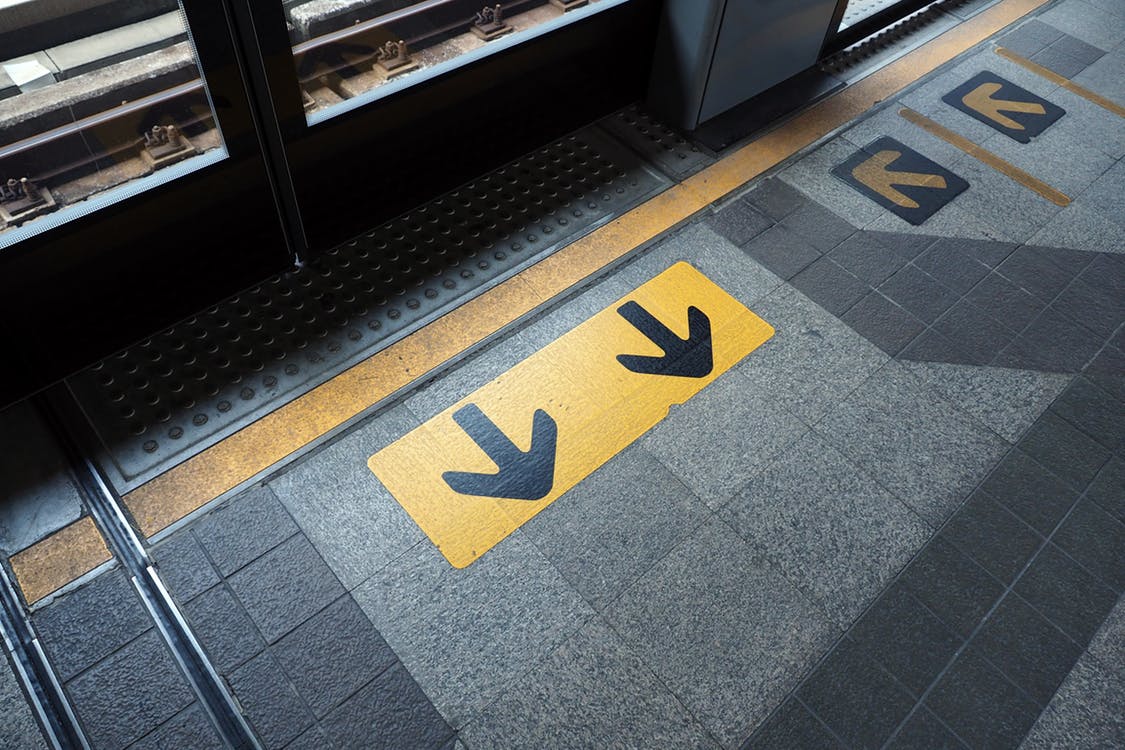If you’re new to web analytics, and perplexed by the bounce rate vs exit rate definitions; you’re not alone. Chances are you run a website or a blog, and you have an idea of what bounce rate really is. But when an exit rate is involved in the mix, you’re back to square one.
So, what exactly is bounce rate? And exit rate? How do you differentiate between bounce rate vs exit rate?
If you don’t have a blog, you can learn how to make a blog. It’s super easy.
To understand this, let’s start with how exit rate and bounce rates are defined.
Bounce Rate and Exit Rate Definitions
Bounce Rate Definition
Bounce rate refers to the part of your traffic which comes to a specific page, does not visit any other page on your website (by clicking through links) and leaves immediately. The visitor can leave, by closing the tab, closing the browser window, clicking through an outbound link, or by clicking the back button on their browser. This essentially means bounces are always one page sessions.
Exit Rate Definition
Exit rate pertains to the percentage of people who left your site from a particular page. They may have visited more than one page in their session.
Bounce Rate vs Exit Rate Example
To many, they might seem like similar concepts. They’re not.
But there is a major difference.
Imagine you search for “creative ideas” on Google. When the results come up, you click on the 3rd result (Website X) to open it. You land on Page A of Website X, and spend 2 minutes reading through the content. You got what you wanted, so you close the tab.
What just happened? You bounced off Website X after just viewing one page. It doesn’t mean the content was not relevant. It could mean the content was sufficient. This behaviour will contribute to the high bounce rate of Website X.
If you were the only visitor on Website X, its bounce rate will be 100%.
Now imagine a second scenario. In the same example as above, instead of closing the tab after reading Page A, on Website X, you decide to click on a related article: Page B on Website X.
But after reading Page B, you close your tab. This will result in an exit on Page B. Which means the exit rate on Page B will go up.
If you were the only visitor on Website X, your bounce rate will be 0%. But your exit rate will be 100% on Page B.
Mostly a high bounce rate often indicates that there is something wrong with your website. It could be the lack of content quality, slower website speed or errors, and bad user experience. But it’s not always the case.
Whereas a high exit page can point to a quality issue on a specific page where the exit percentage is higher.
When High Bounce Rates, Exit Rates Are Not A Bad Thing
But let us not be hasty. We shall examine in detail where high rates of both bouncing and exit can happen normally.
A page might cater to specific information retrieval. For example, if someone visits a webpage for finding the names for the 21 Baskin Robbins classic flavors (I personally have always been partial to Pistachio Almond), and obtains it he/she will obviously leave the page.
While this might be a cause for a high bounce rate, it is not really something to worry about.
Similarly, while a high exit rate might not look very good on paper, it means that the person visiting the page navigated the pages, found what he/she was looking for and left. However, most websites are marked if there is a high exit rate on a particular page.
Again, this might not necessarily worrisome. For example, when someone is reading a 4 page long article, chances are that he/she will leave when the last page is reached.
Always consider these things when evaluating your bounce rate vs exit rate.
The Dark Side of High Bounce and Exit Rates
However, there ARE negatives to high bounce and exit rates as well.
For example, a high bounce rate on the Home page is not considered a positive factor. This usually means that the content of that page is not relevant to what the visitor was looking for.
Check out this great article at KISSMETRICS on what you can learn from bounce rate.
Take another look at the sources and the keywords that are getting you the traffic. Does it match with the visitors’ search intent? Does the content serve justice to what the user was looking for?
Bounce Rates may also be high because of the traffic from Stumble Upon – this is due to the nature of that social network. Make sure you isolate traffic by sources and evaluate exit rates and bounce rates to get a clearer picture.
Similarly, you may want to drop your exit rate by offering users similar content or related articles. This is to increase the likelihood of people to visit other pages.
Hopefully this post helped to clarify your confusions around bounce rate vs exit rate. If you have any questions, feel free to leave a comment below.







